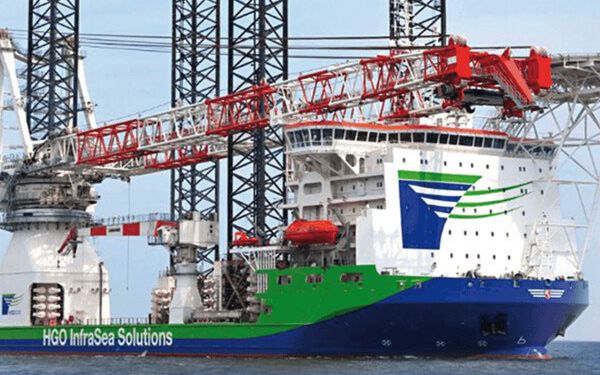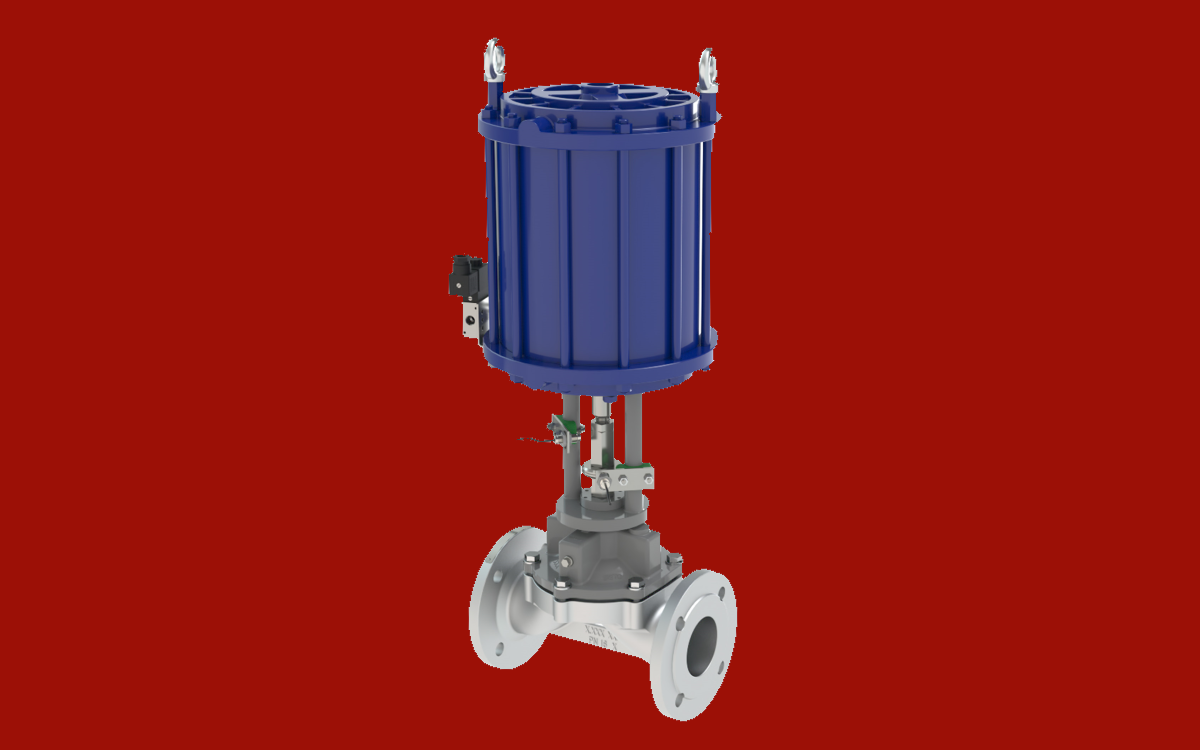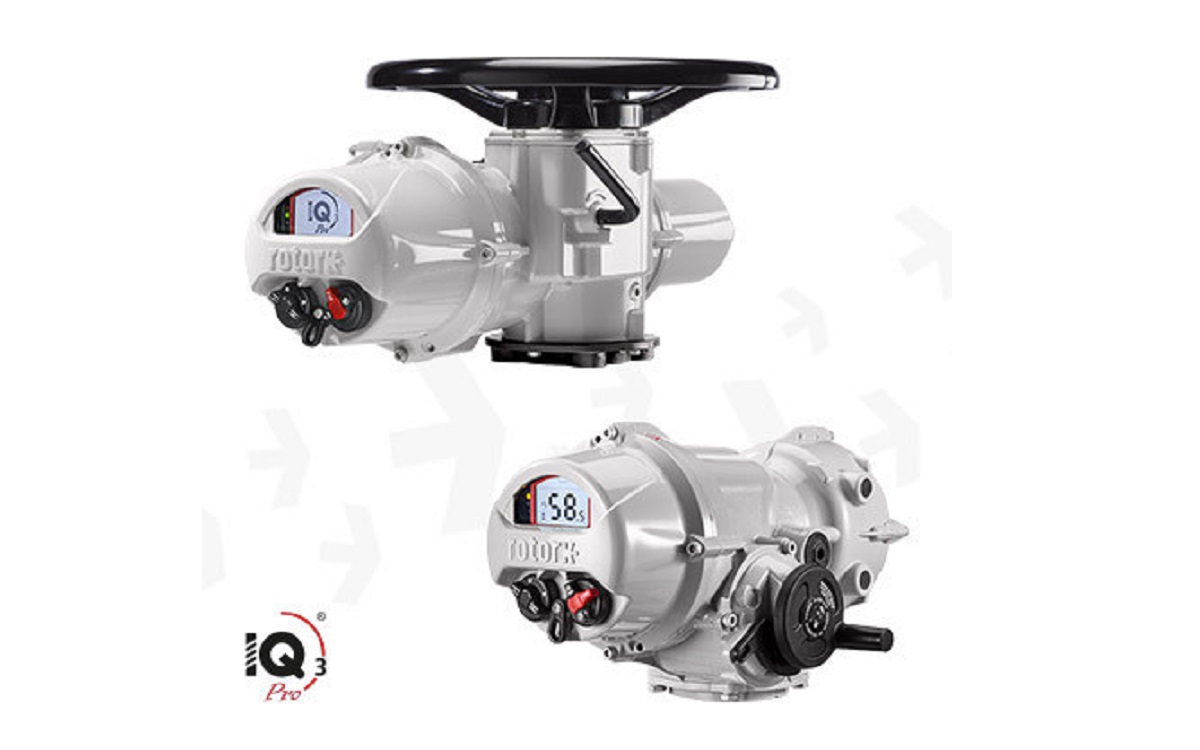A special heavy lift jack-up vessel is used in the offshore sector for transporting and erecting wind power stations and offshore wind farms. To enable the ship to operate independently of the sea state, it anchors itself to the seabed with electrically operated pedestals. These have to be released again with the help of pilot-operated back pressure regulators.
The work and transport ship has a loading capacity of abt. 8,000 t and reaches a speed of up to 12 kn. The vessel is to install more than 80 wind turbines with a height of over 120 m. A heavy duty crane with a lifting capacity of 1,500 t is positioned on the starboard side. The crane jib reaches a total length of 105 m.
The special ship can position herself dynamically by means of four rudder propellers and three bow thrusters and, upon arrival at her work location, she raises herself on her support legs to the required elevation above the sea surface. In so doing, the four electrically driven legs, which had been up during the crossing, are jacked down step by step until they reach a length of up to 50 m and are placed onto the seafloor. During the preloading phase, the installation vessel is embedded in the ground securely by its own high weight and, raised above the water, can now be used as a platform independently from heavy seas and harsh weather conditions. The immobilization on the jack-up legs ensures precisely tailored assembly of the transported plant components and speedy erection of the wind wheels using the shipboard crane.
High requirements for the valve material
During the vessel’s work phase the support legs become stuck to the seafloor and must be flushed with seawater through special nozzles prior to being jacked up in order to release the vacuum. Every support leg is provided with a pilot-operated control valve of the Mankenberg RP 820 Eck type, DN 150, that builds up a counterpressure to the rotary pumps. Without this counterpressure, the pumps would be damaged by cavitation. The system is designed to cause the valve to regulate the backpressure at 69.5 bar.
The use in a salty marine atmosphere with varying levels of humidity and frequent temperature fluctuations poses high demands on the control valve material. Thus the body and internal parts of the pilot-operated control valve RP 820 Eck consist of stainless steel, the springs are made of Inconel. Due to the high pressure drops, the valve’s cone and seat are hard-faced.



